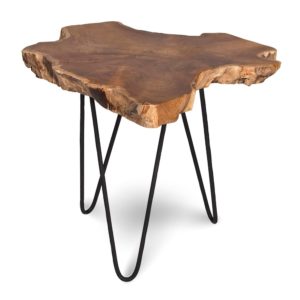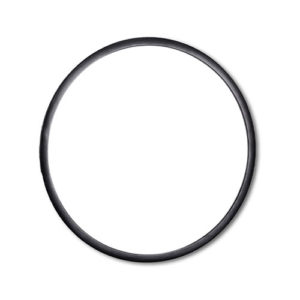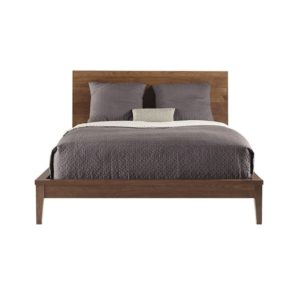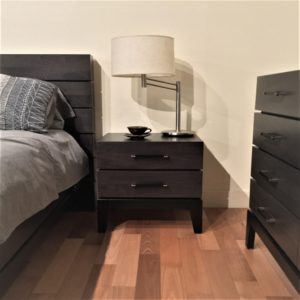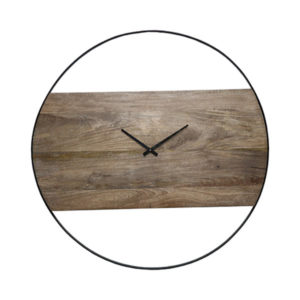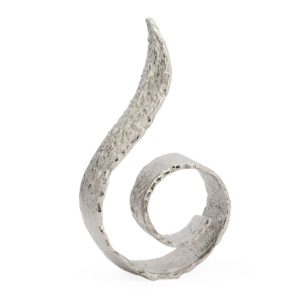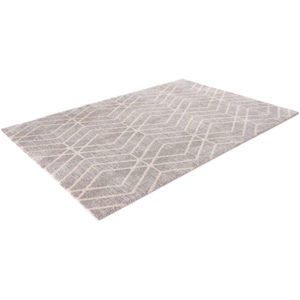Blog
What's New
Get the latest furniture trends for less at Furniture World Saskatoon
Find new and amazing products that we feature every month from the world’s finest furniture makers and the Canadian furniture industry’s cream of the crop. Get in touch with us for complete information about products slated for launching at our store.
-
Style In Form Nesting Table Hairpin
$429.00Original price was: $429.00.$349.00Current price is: $349.00. -
West Bros Serra King Walnut Bed
$3,499.00Original price was: $3,499.00.$2,799.00Current price is: $2,799.00. -
TH Definity Walnut Night Table
$1,499.00Original price was: $1,499.00.$1,199.00Current price is: $1,199.00. -
Ren-Wil Tupper Picture
$549.00Original price was: $549.00.$399.00Current price is: $399.00. -
Renwil Amika Clock
$619.00Original price was: $619.00.$489.00Current price is: $489.00. -
Torre & Tagus Flame Sculpture
$159.00Original price was: $159.00.$119.00Current price is: $119.00. -
Citak 5X8 Rug Arctic Thatch
$599.00Original price was: $599.00.$449.00Current price is: $449.00.
Maximizing Your Investment in Best Home Decor Furniture with 5 Essential Aftercare Tips to Reduce Repair Costs
In the ever-evolving world of interior design, investing in quality Home Decor Furniture is essential for creating an aesthetically pleasing and functional living space. According to the American Home Furnishings Alliance, the home furnishings market is projected to reach $132 billion by 2024, indicating a growing appreciation for well-designed furniture that offers both style and durability. However, with this investment comes the necessity for proper aftercare to minimize repair costs and extend the life of your furniture. By implementing effective maintenance strategies, homeowners can not only enhance the longevity of their pieces but also ensure they retain their value over time. In this blog, we will explore five essential aftercare tips that will empower you to maximize your investment in Home Decor Furniture, ensuring that your living environment remains vibrant and inviting for years to come.
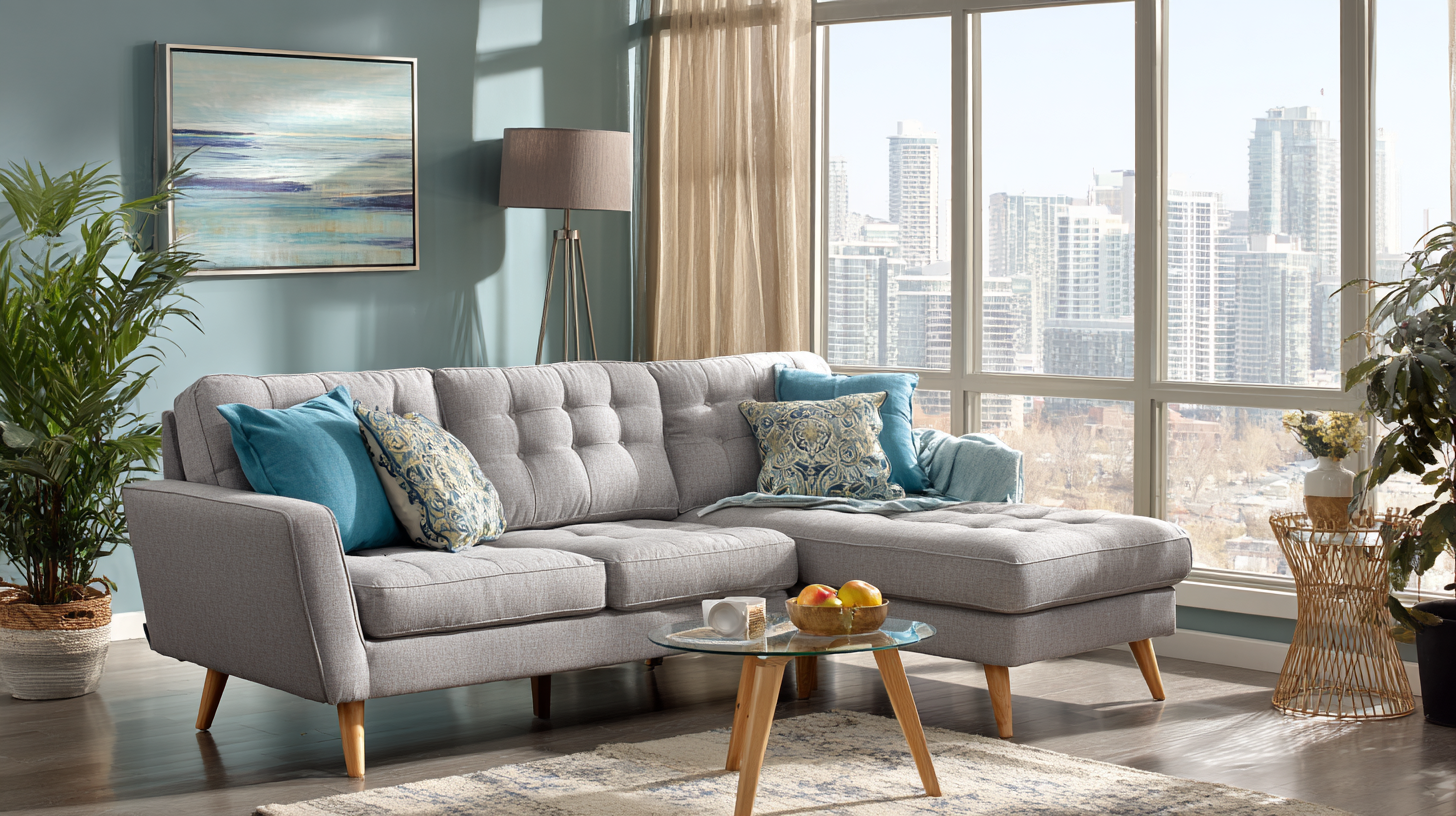
Understanding Industry Standards in Home Decor Furniture Manufacturing
In the realm of home decor, understanding industry standards in furniture manufacturing is paramount to making informed investment decisions. High-quality furniture is typically constructed from sustainable materials that adhere to strict environmental regulations. This commitment to quality not only ensures durability and longevity but also influences the aesthetic appeal of your home. Recognizing the benchmarks for craftsmanship—such as joinery methods, finishing processes, and material sourcing—can help consumers differentiate between genuine artisanship and mass-produced items that may compromise on quality.
Moreover, keeping an eye on certifications is essential. Look for pieces that come with labels indicating compliance with safety and sustainability standards, such as the Forest Stewardship Council (FSC) certification for wood products or the Greenguard certification for low-emitting materials. These indicators reflect a manufacturer's dedication to eco-friendly practices and consumer safety, ultimately benefiting your long-term investment. By prioritizing sustainability and quality, homeowners can reduce repair costs and maintain the integrity of their beloved decor pieces, fostering an environment that combines elegance with responsible consumption.
Investment in Home Decor Furniture: Repair Cost Comparison
Choosing Durable Materials for Long-Lasting Furniture Investment
When selecting furniture for your home, durability should be a key consideration, especially in a world increasingly focused on sustainability. According to recent data, approximately 70% of consumers now prioritize sustainable materials when purchasing furniture, reflecting a growing awareness of environmental impacts across the product lifecycle. This shift is especially significant in the upholstered furniture sector, where innovations in materials and manufacturing processes are helping to reduce both environmental footprints and long-term repair costs.
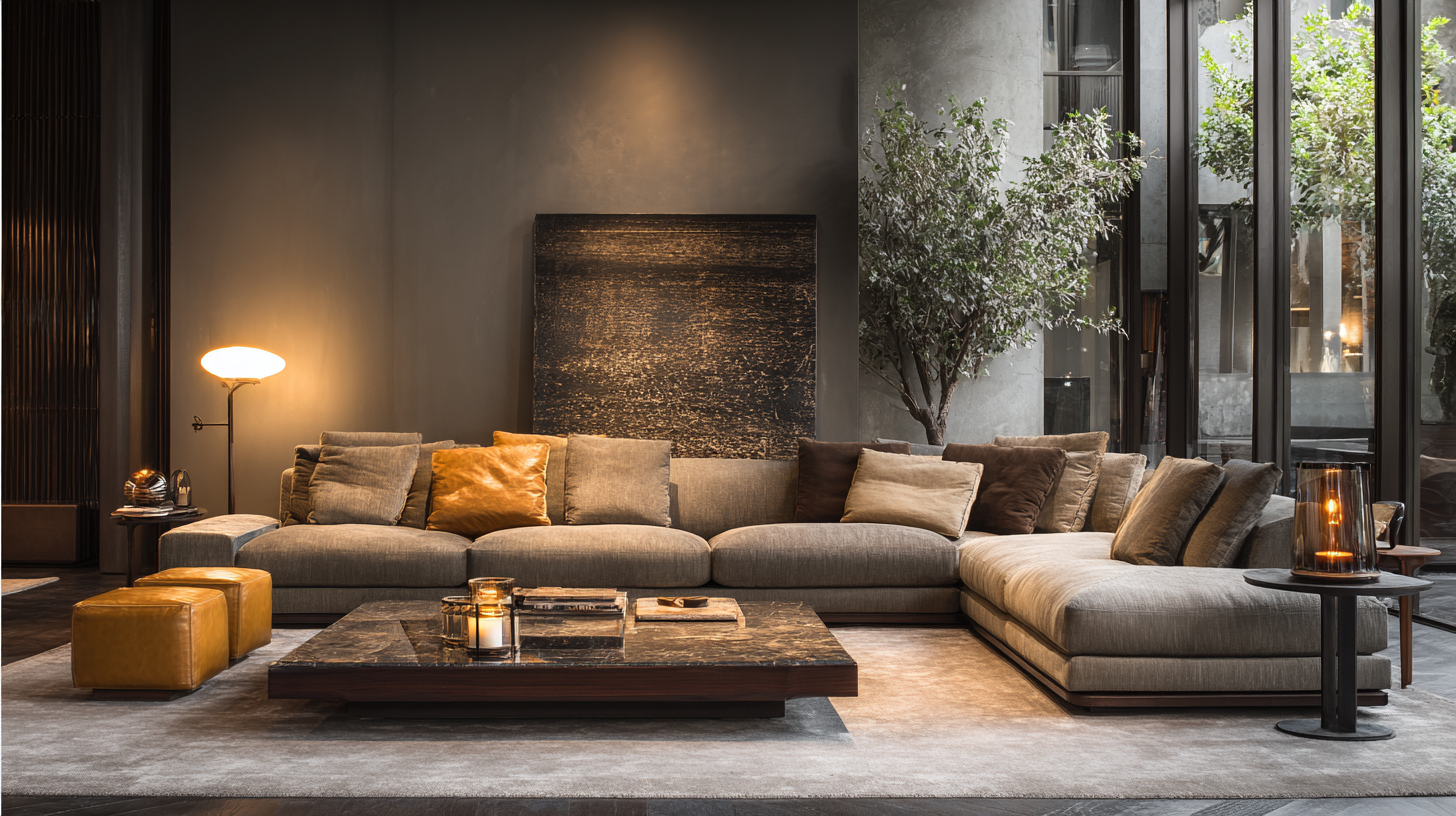
Choosing durable materials such as solid wood, high-density foam, and performance fabrics can greatly enhance the longevity of your investment. Research indicates that furniture made from sustainably sourced hardwoods not only lasts longer but also contributes positively to indoor air quality. Additionally, with more millennials embracing vintage and antique pieces, the market for sustainable furniture options is expanding, offering unique choices that are both stylish and environmentally friendly. By making informed choices, you can ensure that your furniture not only withstands the test of time but also aligns with your values of sustainability and durability.
Essential Maintenance Tips for Preserving Your Home Decor Furniture
When investing in home decor furniture, proper maintenance is key to ensuring longevity and minimizing repair costs. One essential tip is to regularly clean your furniture using the appropriate products. For wooden pieces, a soft, damp cloth followed by a dry one will remove dust without damaging the finish. Upholstered furniture benefits from vacuuming to eliminate dirt and allergens, as well as periodic professional cleaning to maintain its appearance.

Another crucial aspect of maintenance is to keep your furniture away from direct sunlight. Excessive exposure can lead to fading and deterioration of materials. Utilizing curtains or blinds can help shield your furniture from harmful UV rays. Additionally, periodic inspections of your furniture for signs of wear—such as loose joints or scratches—can allow for timely repairs, preventing minor issues from escalating into costly damages.
By prioritizing these maintenance practices, you can enjoy your investment for years to come while keeping repair costs at bay.
Smart Cleaning Techniques to Minimize Wear and Tear
When it comes to maintaining the integrity and beauty of your home decor furniture, smart cleaning techniques are paramount in minimizing wear and tear. One effective method is to regularly dust surfaces with a microfiber cloth. This not only captures dust and dirt but also prevents scratches that can occur with rough materials. Implementing a cleaning routine that includes mild, non-abrasive cleaner will ensure that the finishes on your furniture remain intact and that unwanted grime does not accumulate over time.
Another crucial step is to be mindful of moisture. Excess humidity can warp wood and damage finishes, while too little moisture can lead to cracks. Utilizing coasters and placemats can protect surfaces from water rings and heat damage. Additionally, consider conditioning leather or wooden furniture periodically, as this will help maintain their integrity and extend their lifespan. By prioritizing these smart cleaning techniques, you can effectively minimize wear, thus ensuring your investment in home decor furniture remains worthwhile for years to come.
Recognizing Signs of Wear: When to Repair or Replace Your Furniture
When it comes to maintaining your home decor furniture, recognizing the signs of wear is crucial for making informed decisions about whether to repair or replace your pieces. Over time, furniture may develop scratches, dents, or upholstery fading, which can signal the need for immediate attention. A simple scratch can sometimes be fixed with a touch-up pen or polish, while deeper dents might require professional help. Staying vigilant about these signs can save you from costly repairs later on.
Additionally, some furniture may suffer from structural issues, such as wobbly legs or sagging seats. In these cases, assessing the extent of the damage is key. If a piece's integrity is compromised, it may be more economical to invest in a replacement rather than attempting to repair an item that is nearing the end of its lifespan. Regularly inspecting your furniture not only prolongs its life but also enhances the overall aesthetic of your home, ensuring that it remains a welcoming space.
Maximizing Your Investment in Best Home Decor Furniture with 5 Essential Aftercare Tips to Reduce Repair Costs - Recognizing Signs of Wear: When to Repair or Replace Your Furniture
| Furniture Item | Signs of Wear | Repair Cost ($) | Replacement Cost ($) | Recommendation |
|---|---|---|---|---|
| Sofa | Tears/Cuts, Sagging Cushions | 200 | 1000 | Repair if minor; Replace if extensive damage |
| Dining Table | Scratches, Loose Legs | 150 | 700 | Repair if structurally sound; Replace if unstable |
| Armchair | Fading Fabric, Worn Cushions | 100 | 500 | Repair is advisable if it's sentimental; Replace otherwise |
| Bed Frame | Squeaking Sounds, Cracks | 120 | 600 | Repair if minor; Replace if structural issues |
| Bookshelf | Warped Shelves, Loose Boards | 80 | 300 | Repair if stable; Replace if overload risk |

